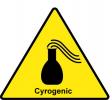The following picture is typical of signage posted at all the lab doors.
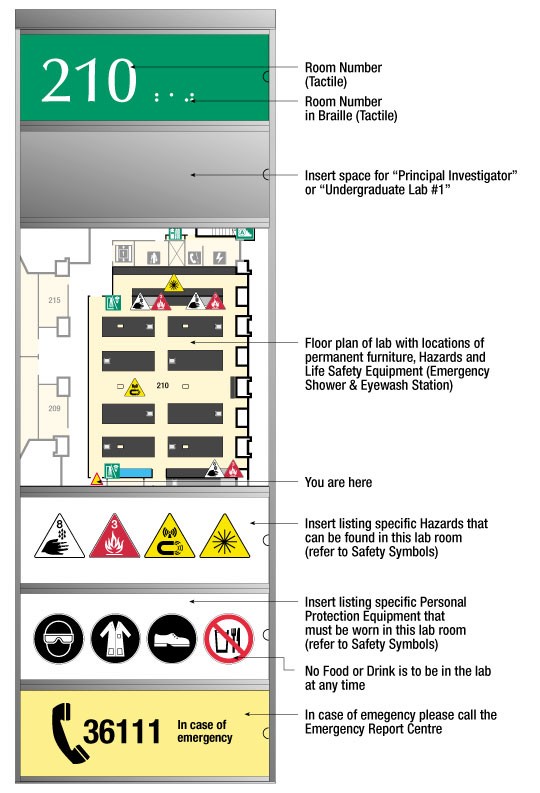
Please print the image below (or the PDF 47 KB) and post on the inside of your flammable cabinet doors.
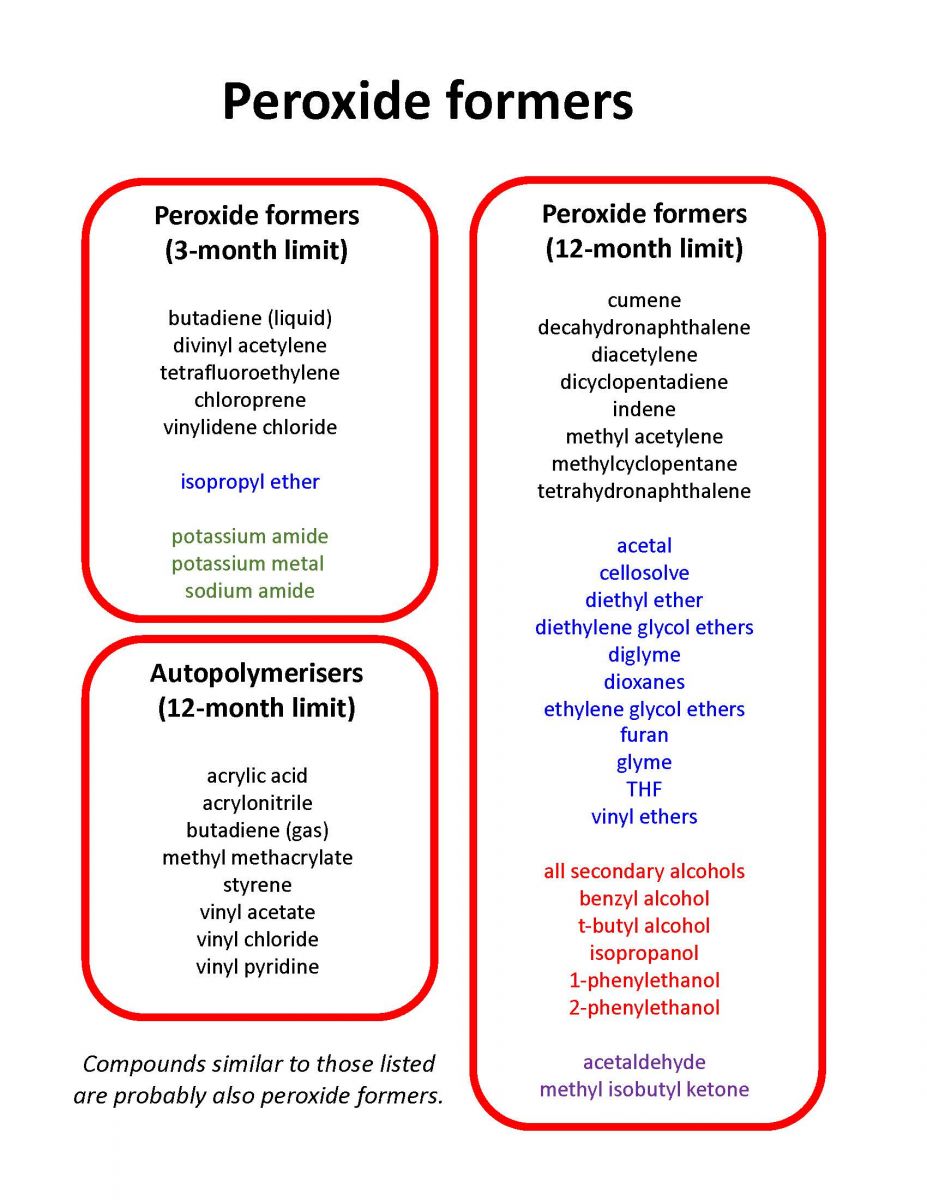

Caution
Use caution around areas signed with this symbol. This symbol may also be used to draw attention to a particular piece of PPE or procedure.

Eye Protection
Goggles must be worn at all times.

Face Shield
Full face shield must be worn at all times.

Foot Protection
CSA Approved foot protection must be worn at all times.

Gloves
Gloves must be worn at all times. Check a glove chart to ensure that you are using the right glove for the right task.

Head Protection
CSA Approved hard hat must be worn at all times.

Lab Coats
Lab coats or outer protective layer must be worn at all times.

No Food or Drink
Absolutely no food or drink permitted in this space.

No Gloves
No lab gloves permitted beyond the posted sign. Typically on the inside of each lab door indicating they are not to be worn beyond the lab.

Radioactivity Tag
A dosimeter provided from Health Canada must be worn at all times.

Respirator
A respirator with the correct cartridges must be worn at all times. All respirator users must have appropriate training for proper fit and use before using.

Shoes Required
Proper shoes that cover the foot are required. No open-toed shoes permitted in any lab space.
WHMIS 2015 Poster:
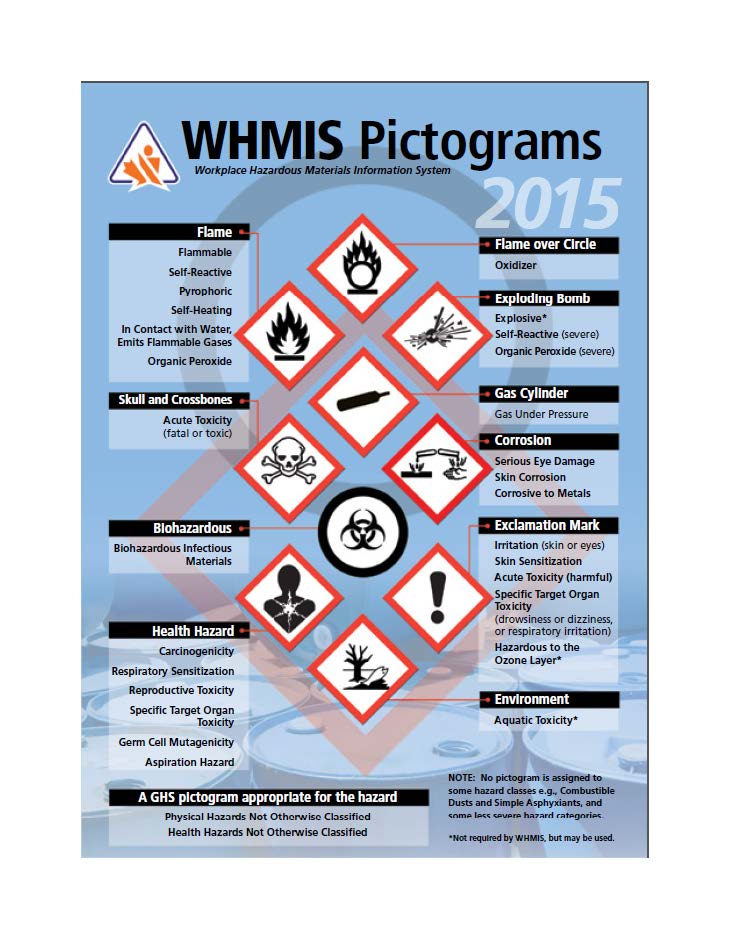
The flame pictogram is used for the following classes and categories:

•Flammable gases (Category 1)
•Flammable aerosols (Category 1 and 2)
•Flammable liquids (Category 1, 2 and 3)
•Flammable solids (Category 1 and 2)
•Pyrophoric liquids (Category 1)
•Pyrophoric solids (Category 1)
•Pyrophoric gases (Category 1)
•Self-heating substances and mixtures (Category 1 and 2)
•Substances and mixtures which, in contact with water, emit flammable gases (Category 1, 2 and 3)
•Self-reactive substances and mixtures (Types B*, C, D, E and F)
•Organic peroxides (Types B*, C, D, E and F)
The flame over circle pictogram is used for the following classes and categories:
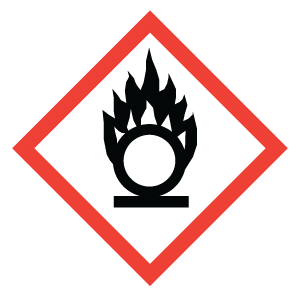
•Oxidizing gases (Category 1)
•Oxidizing liquids (Category 1, 2 and 3)
•Oxidizing solids (Category 1, 2 and 3)
The gas cylinder pictogram is used for the following classes and categories:
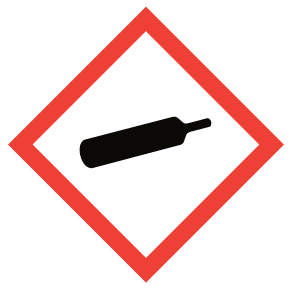
•Gases under pressure (Compressed gas, Liquefied gas, Refrigerated liquefied gas, and Dissolved gas)
The corrosion pictogram is used for the following classes and categories:
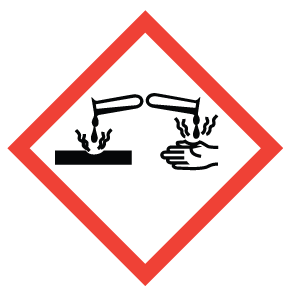
•Corrosive to metals (Category 1)
•Skin corrosion/irritation - Skin corrosion (Category 1, 1A, 1B and 1C)
•Serious eye damage/eye irritation - Serious eye damage (Category 1)
The exploding bomb pictogram is used for the following classes and categories:
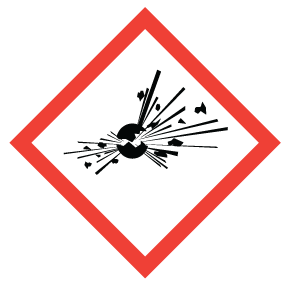
•Self-reactive substances and mixtures (Types A and B*)
•Organic peroxides (Types A and B*)
The skull and crossbones pictogram is used for the following classes and categories:
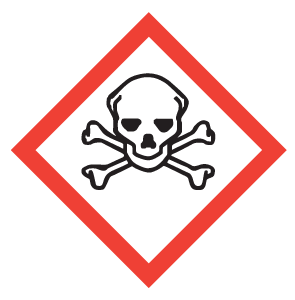
•Acute toxicity - ◦ Oral (Category 1, 2 and 3)
•Dermal (Category 1, 2 and 3)
•Inhalation (Category 1, 2 and 3)
The health hazard pictogram is used for the following classes and categories:
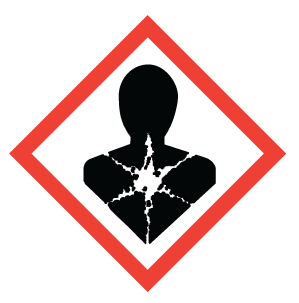
•Respiratory or skin sensitization - Respiratory sensitizer (Category 1, 1A and 1B)
•Germ cell mutagenicity (Category 1, 1A, 1B and 2)
•Carcinogenicity (Category 1, 1A, 1B, and 2)
•Reproductive toxicity (Category 1, 1A, 1B and 2)
•Specific Target Organ Toxicity - Single exposure (Category 1 and 2)
•Specific Target Organ Toxicity - Repeated exposure (Category 1 and 2)
•Aspiration hazard (Category 1)
The health hazard pictogram is used for the following classes and categories:
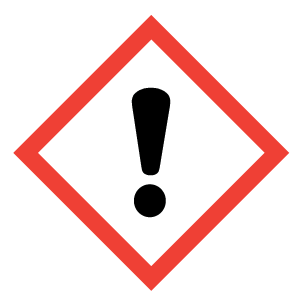
•Acute toxicity – Oral, Dermal, Inhalation (Category 4)
•Skin corrosion/irritation – Skin irritation (Category 2)
•Carcinogenicity (Category 1, 1A, 1B, and 2)
•Serious eye damage/eye irritation – Eye irritation (Category 2 and 2A)
•Respiratory or skin sensitization – Skin sensitizer (Category 1, 1A and 1B)
•Specific target organ toxicity – Single exposure (Category 3)
The biohazardous infectious materials pictogram is used for the following classes and categories:
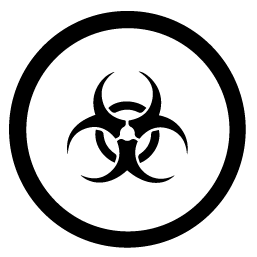
•Biohazardous Infectious Materials (Category 1)
*Both the Flame and Explosive pictogram are used for Self-reactive substances and mixtures (Type B) and Organic peroxides (Type B)
NOTE: Physical Hazards Not Otherwise Classified and Health Hazards Not Otherwise Classified classes are required to have a GHS pictogram that is appropriate to the hazard identified.
Source: WHMIS 2015 – Pictograms, http://www.ccohs.ca/oshanswers/chemicals/whmis_ghs/pictograms.html, (http://www.ccohs.ca/oshanswers/chemicals/whmis_ghs/pictograms.html), Canadian Centre for Occupational Health and Safety (CCOHS), March 7, 2016. Reproduced with the permission of CCOHS, 2016.
Explosives
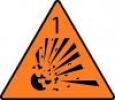
Compressed Gases
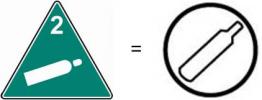




Flammable Liquids
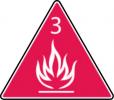
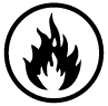
Flammable Solids
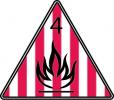
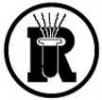
Spontaneously Combustible
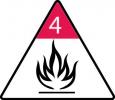

Flammable When Wet
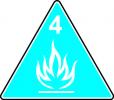

Oxidizing Agents
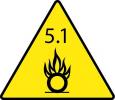
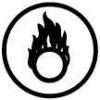
Organic Peroxides
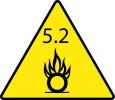

Toxins
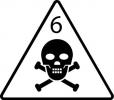
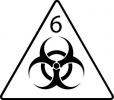
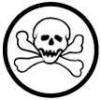
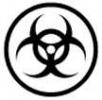
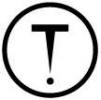
Radioactives
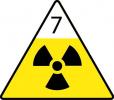
Corrosives
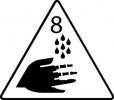
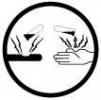
Miscellaneous
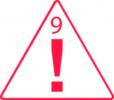
Laser Danger

Electrical Hazard
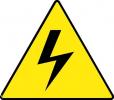
Magnetic Fields and Radio Frequencies
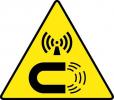
X-Ray Danger
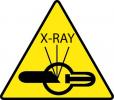
Cryogenic Liquids
